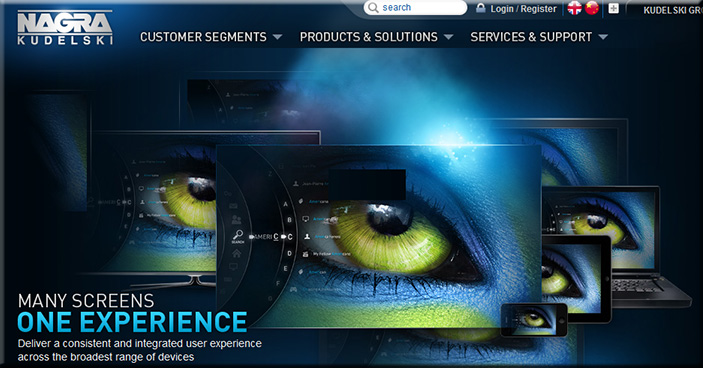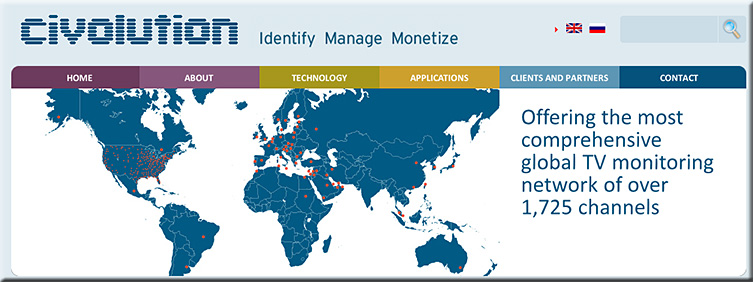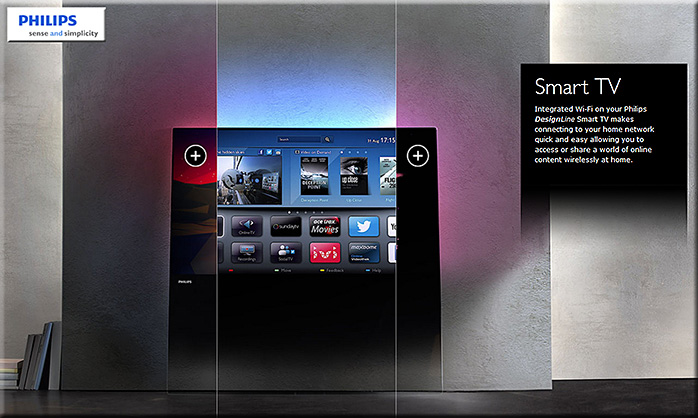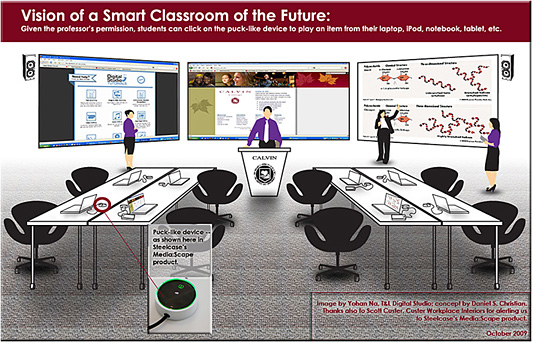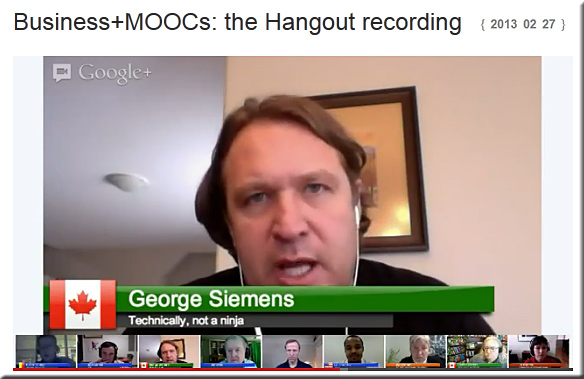The transience of power: The powerful do not stay that way for long — from The Economist
Excerpt:
But Mr Naím has good objections to the objections. His argument is not that companies are shrinking but that they are becoming more fragile. Internet giants can no longer rely on the economies of scale that kept General Motors and Sears on top for decades. Rather, they must constantly struggle to keep their products innovative and their brands fashionable—or fall prey to more agile upstarts. Powerful people are less secure than they were, too. The composition of the top 1% is constantly changing as CEOs lose their jobs and young go-getters outpace their elders.
Mr Naím celebrates the anti-power revolution for holding the mighty to account and providing ordinary people with opportunities. But he sees downsides, too. The more slippery power becomes, the more the world is ruled by short-term incentives and ever-changing fears. Politicians fail to tackle long-term problems such as climate change. Companies think of little besides the struggle for survival. Nonetheless, it would be worse if the populists were right and the 1% really did rule the world.










